The Materials Department at UCSB would like to congratulate our 2016-2017 Ph.D. graduates and welcome them into the Materials Alumni family. Twenty-four students had their degrees conferred in Fall 2016-Summer 2017. Take a look and see where a few of our graduates have headed as they embark on their careers.
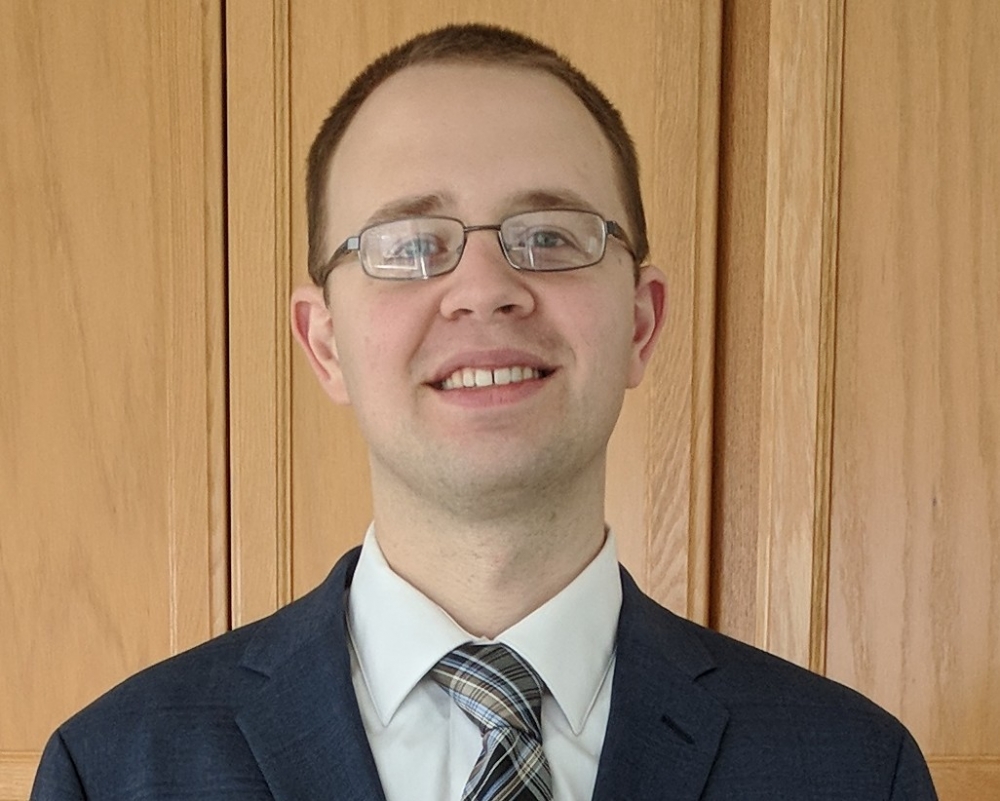
Daniel Becerra, Ph.D. '16, High Power High Efficiency Semipolar InGaN Light Emitting Devices for Solid State Lighting advised by Prof. Shuji Nakamura
Daniel is a postdoctoral researcher in the Nakamura group and is currently working on a project funded by ARPA-E developing high efficiency lasers based on the material indium gallium nitride (InGaN), the same material that Prof. Nakamura developed that won him the Nobel prize for blue LEDs. Daniel is working towards optimizing the growth and processing of InGaN lasers for the next generation of solid state lighting. They believe that these laser devices will be able to produce more light at a lower cost than the LEDs we currently use. Subsequently, in September Daniel will embark a new journey in Washington, DC. He was awarded the IEEE-USA Congressional Fellowship, which has granted him the opportunity to work on the personal staff of a U.S Senator or a Member of Congress for one year, which he is very excited for!

Steven Brown, Ph.D. '17, Morphology-Dependent Optical Anisotropies in Organic Semiconductors, advised by Prof. Christopher Palmstrøm
Steven completed the Insight Data Science Fellowship Program and started working as a Senior Data Scientist at Intuit. At Intuit, he is part of the Innovation and Advanced Technologies group where he uses data and machine learning to develop new ways to connect customers with the help they need when they need it. He has gained experience in machine learning, data analysis, natural language processing (NLP), image analysis, Python, Scala, and Apache Spark.
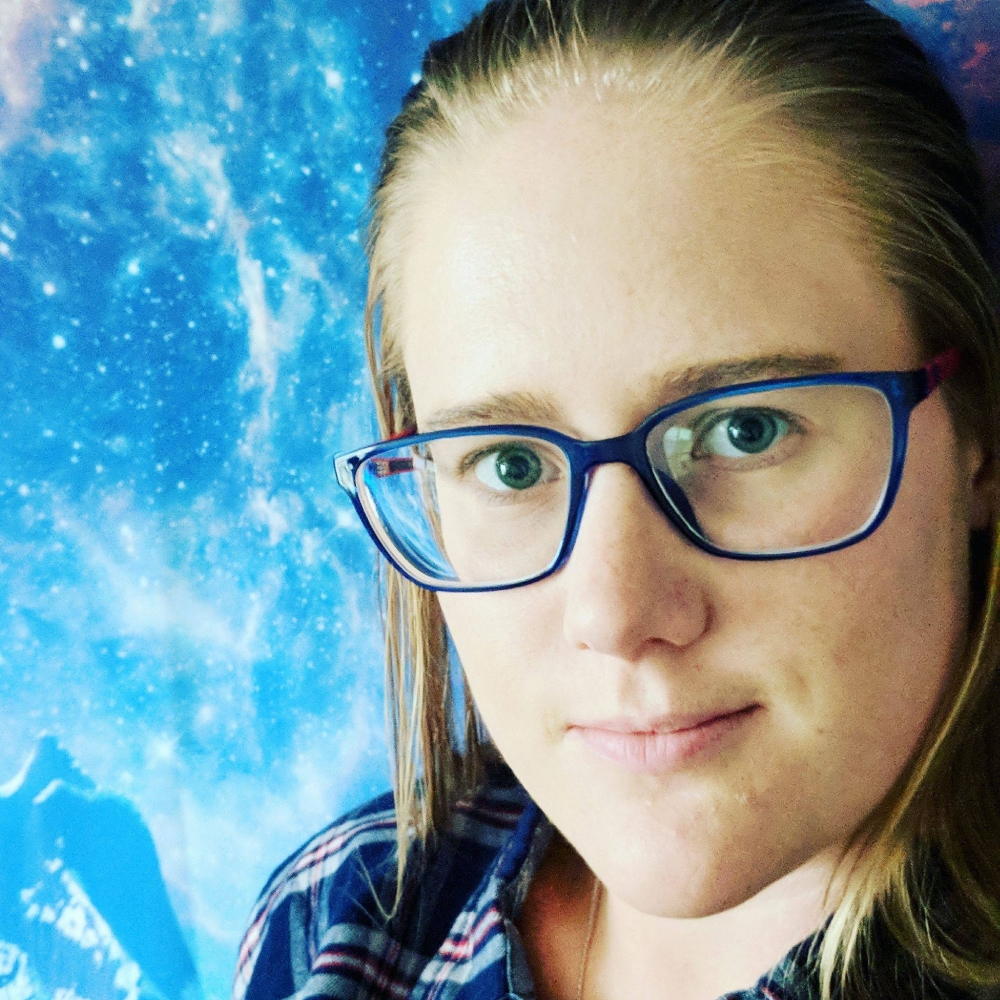 Malinda Buffon, Ph.D. '17, Heusler Materials for Thermoelectric Applications: Phase Separation, Atomic Site Disorder, and Interstitials, advised by Prof. Ram Seshadri
Malinda Buffon, Ph.D. '17, Heusler Materials for Thermoelectric Applications: Phase Separation, Atomic Site Disorder, and Interstitials, advised by Prof. Ram Seshadri
Mandi is currently employed with Intel Corporations as a Portland Development Technology Engineer.
 Megan Butala, Ph.D. '17, Alternative Chemistries and Architectures for Electrochemical Energy Storage, advised by Prof. Ram Seshadri
Megan Butala, Ph.D. '17, Alternative Chemistries and Architectures for Electrochemical Energy Storage, advised by Prof. Ram Seshadri
Megan is a National Research Council Postdoctoral Fellow at the National Institute of Standards and Technology in Gaithersburg, Maryland.
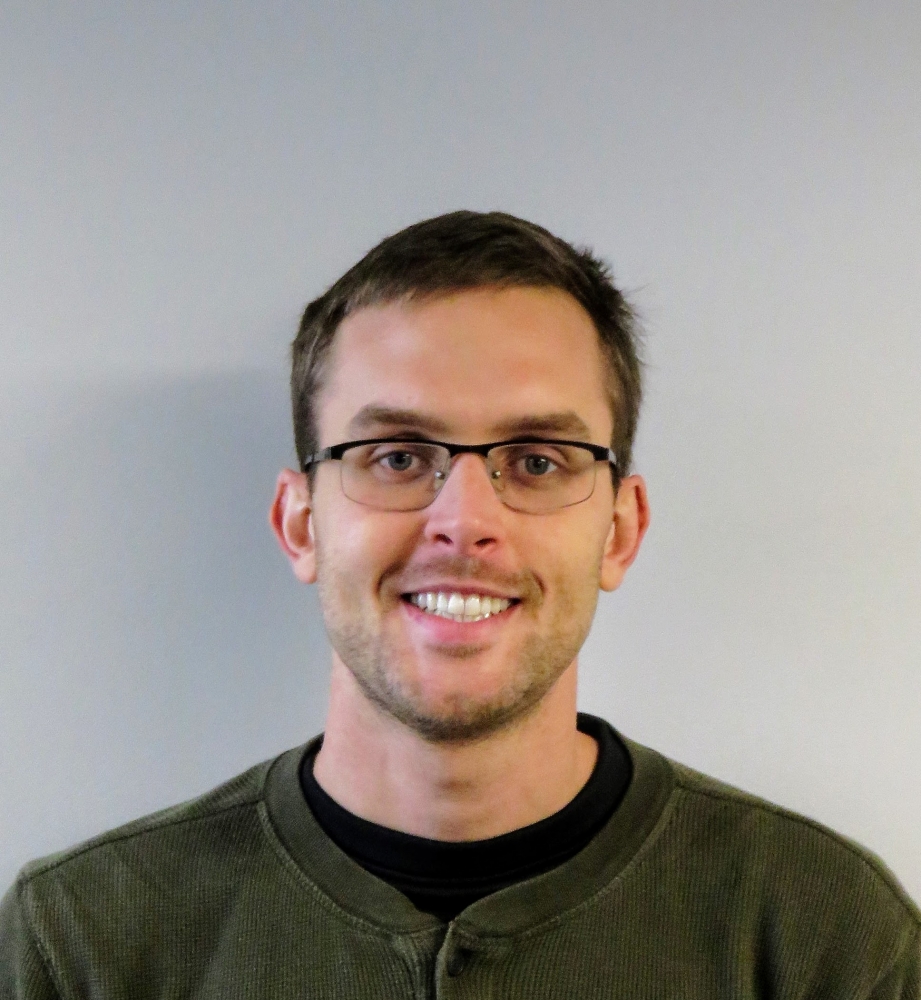 Michael Gotrik, Ph.D. '17, In Vitro Directed Evolution of Fluorescence-Enhancing and Structure-Switching RNA Aptamers, advised by Prof. Tom Soh
Michael Gotrik, Ph.D. '17, In Vitro Directed Evolution of Fluorescence-Enhancing and Structure-Switching RNA Aptamers, advised by Prof. Tom Soh
Michael is currently working as a Postdoctoral Scholar Researcher in Professor Rhiju Das' lab in the Biochemistry Department at Stanford University. He will be working on discovering, characterizing, and applying de novo functional RNA (e.g. riboswitches) for research and diagnostic applications.
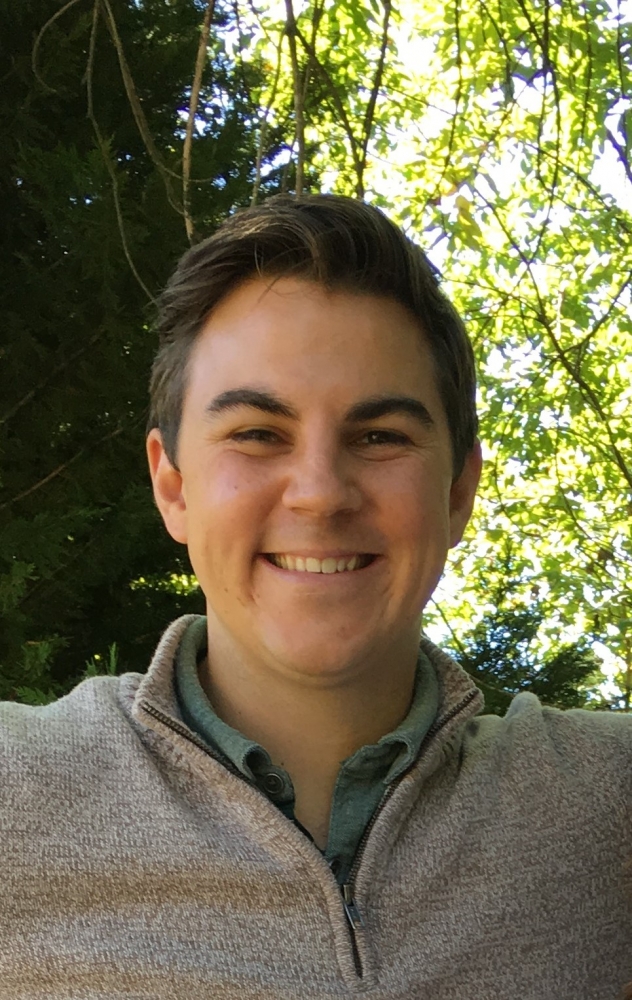 Steven Griffiths, Ph.D. '17, Bulk Group-III Nitride Crystal Growth in Supercritical Ammonia-Sodium Solutions, advised by Prof. Shuji Nakamura
Steven Griffiths, Ph.D. '17, Bulk Group-III Nitride Crystal Growth in Supercritical Ammonia-Sodium Solutions, advised by Prof. Shuji Nakamura
Steven is a Research Scientist for Wolfspeed, a Cree company. He works in R&D on silicon carbide (SiC) substrate technology for power and radio frequency devices. They leverage the wide bandgap advantages of SiC to make these devices perform faster and more efficiently than the silicon-based incumbent technology
 Nathan Kirchhofer, Ph.D. '16, Enhancing Bioelectrochemical Conversion: Molecular Modifications for Amplified Transmembrane Electron Transfer, advised by Prof. Guillermo Bazan
Nathan Kirchhofer, Ph.D. '16, Enhancing Bioelectrochemical Conversion: Molecular Modifications for Amplified Transmembrane Electron Transfer, advised by Prof. Guillermo Bazan
Nathan is currently working at Asylum Research (AR) as an Applications Scientist. At AR, they build and develop the fastest, highest-resolution atomic force microscopes (AFMs) in the world for doing various types of scanning probe microscopy (SPM). He specializes in physical electrochemistry and is therefore involved in applying that knowledge to SPM in a few different ways as an Applications Scientist: (1) Ongoing instrument and technique development, meaning new ways of obtaining nanoscale physical electrochemical information about materials and solution-solid interfaces; (2) Interacting with customers directly to help them achieve their desired research outcome and advance nanotechnology and materials research; (3) Generating interesting and scientifically-relevant images for the purpose of promoting SPM generally and educating others about the benefits and possibilities of SPM.
During grad school, Nathan also completed the GPMP certificate in management practice (via TMP) and often found himself applying that core business knowledge in all of the roles listed above. He believes it has been a really rewarding position because he was able to wear a lot of different hats and constantly collaborate with brilliant people on cutting edge research.
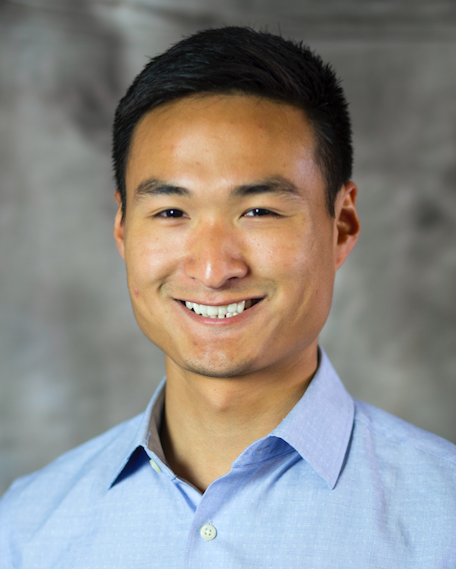 Alan Liu, Ph.D. '17, Quantum Dot Lasers Epitaxially Grown on Silicon, advised by Prof. John Bowers
Alan Liu, Ph.D. '17, Quantum Dot Lasers Epitaxially Grown on Silicon, advised by Prof. John Bowers
Alan is currently a technology consultant at Booz Allen Hamilton, working with clients at federal funding agencies to develop and manage R&D programs in the field of photonics. Currently, he supports programs on the development of integrated photonic solutions for future datacenter connectivity, and gas sensing technology for the detection and mitigation fugitive methane emissions.
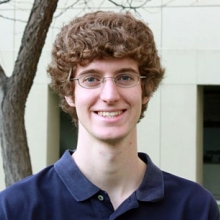
John Logan, Ph.D. '17, Growth, Surface, and Electronic Properties of Predicted Topologically Non-Trivial Heusler Compounds, advised by Prof. Christopher Palmstrøm
John is currently a Senior Materials Engineer at Raytheon. His work involves thin film growth and development for advanced GaN heterostructures for use in sensing applications.
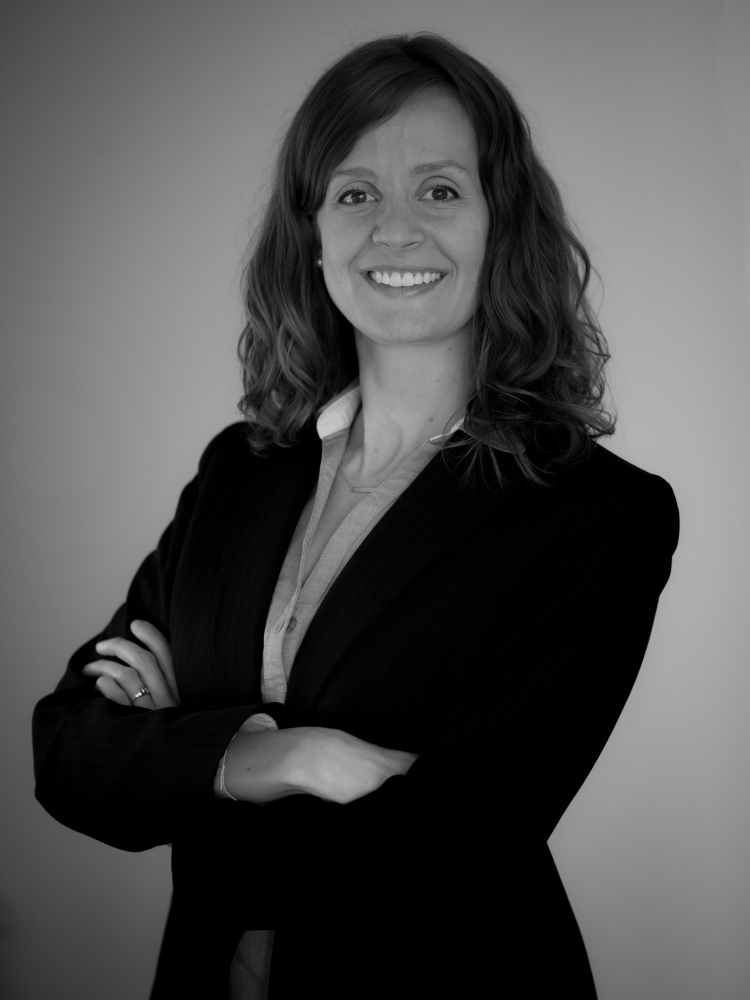
Chandra Macauley, Ph.D. '16, Phase Equilibria and Toughness of Zirconia-Based Thermal Barrier Coatings, advised by Prof. Carlos Levi
Chandra has been working as a Postdoctoral Researcher with Prof. Peter Felfer in the Materials Science department (WW1) at Friedrich Alexander University in Erlangen, Germany. When looking for a postdoc, she specifically chose a research focus that was very different from her PhD, which was in high temperature ceramics. Her current projects include 3D characterization of hydrogen fuel cells in collaboration with the Helmholtz Institute Erlangen-Nurnberg for Rewnewable Energy (HI ERN) and development of electrocatalysts for electroreduction of carbon dioxide with a local compay. Chandra has taken the opportunity to advise bachelors, masters, and Ph.D. students as well as teach a graduate level course in fracture mechanics. Overall, her postdoctoral position has been an excellent opportunity to broaden her research skill set, improve her German language skills, and experience a different culture. Additionally, she has thoroughly enjoyed taking advantage of having a European number of vacation days to explore new countries.
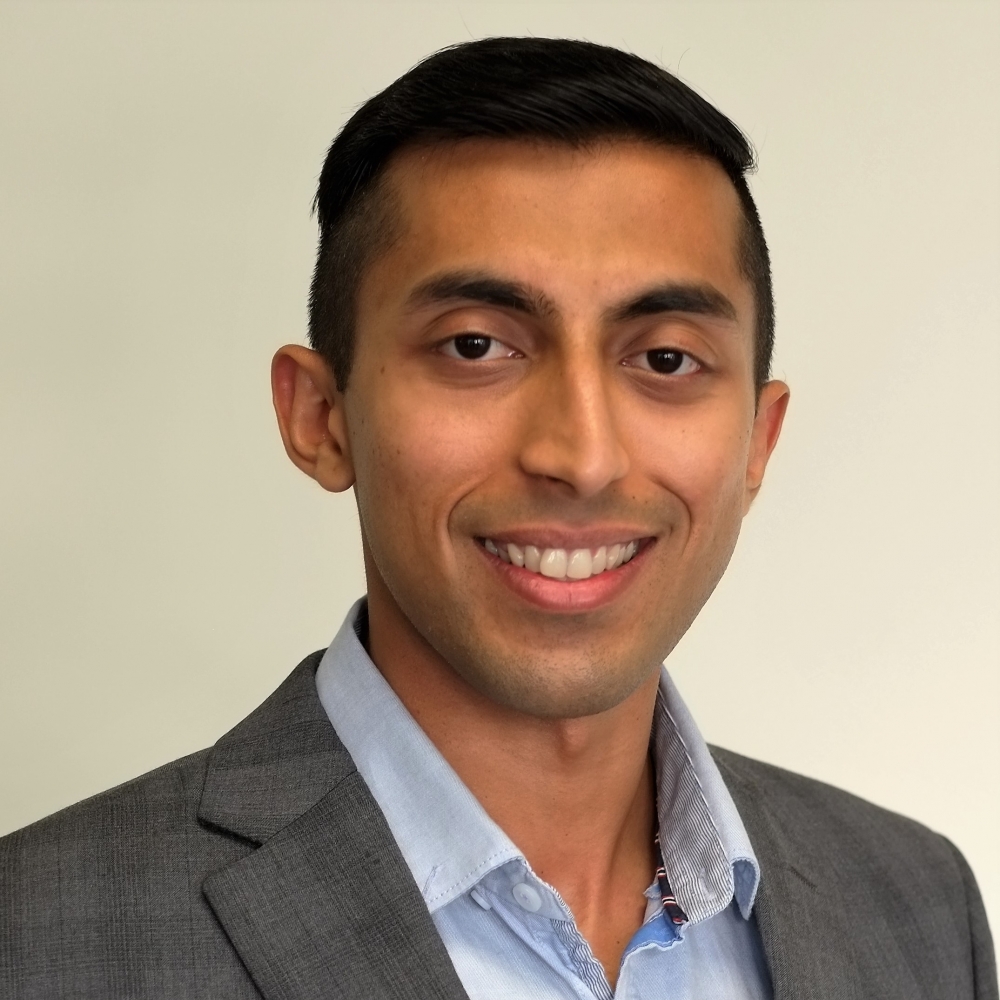
Santosh Raghavan, Ph.D. '17, Improving Transport in Complex Oxide Heterostructures: High Density 2DELs and High Mobility Stannates, advised by Prof. Susanne Stemmer
Santosh recently joined the Technology division at MaxLinear Inc. as a RF Device Engineer. MaxLinear is a leading provider of affordable radio-frequency and mixed-signal integrated circuits for high-speed broadband communications and data networks. During his final year of his PhD, Santosh was keen on pursuing opportunities in industry to utilize the wide-breath of knowledge in electronic materials that he had gained over the years at UCSB. In the Technology division at MaxLinear, he is currently working on accurately designing, testing, and modeling the latest generation of Silicon CMOS devices that are used in their products. This opportunity has opened up a whole new world of RF/analog electronics industry for him, which proves to be very exciting and challenging. It has also motivated Santosh to build upon his solid materials science foundation and to learn something new and different. His message to the PhD students reading this is that learning never stops!
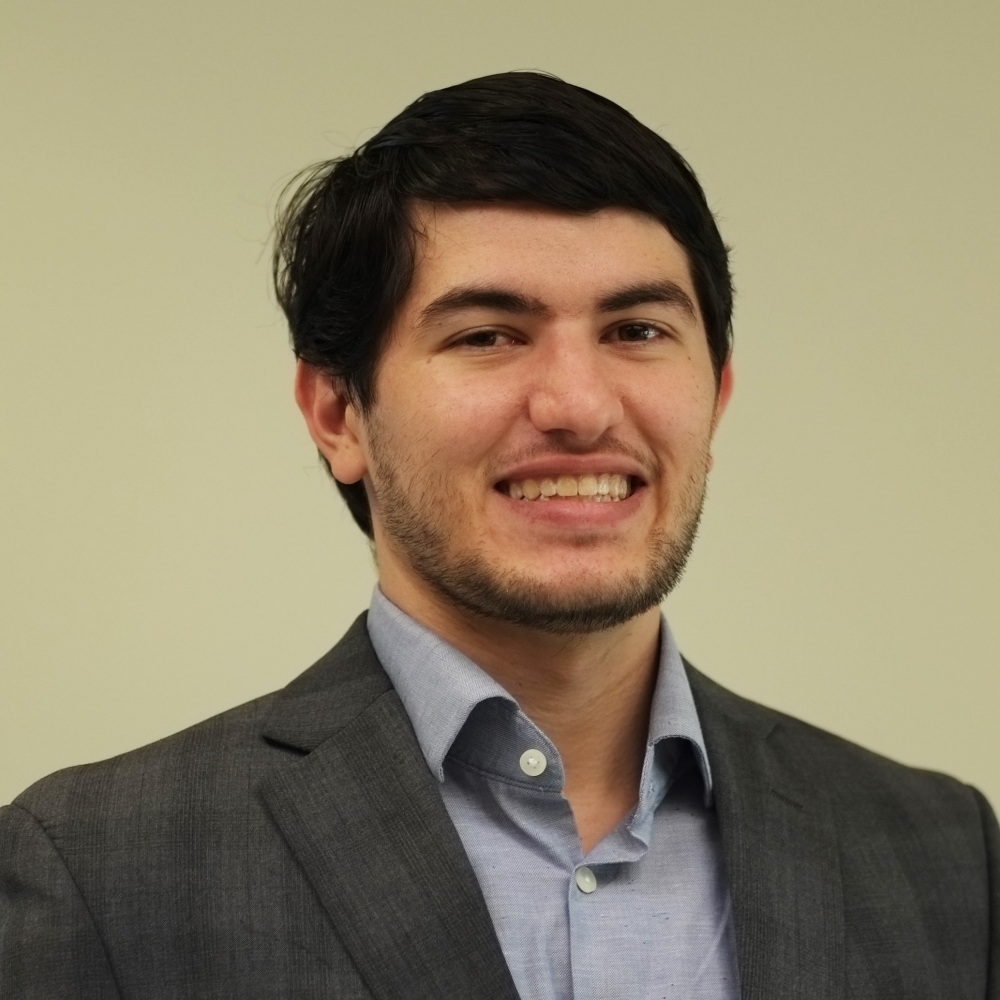
Anthony Rice, Ph.D. '17, Semiconducting Half-Heusler Systems Grown by Molecular Beam Epitaxy, advised by Prof. Christopher Palmstrøm
Anthony is currently a Postdoctoral Researcher in the materials physics group at the National Renewable Energy Laboratory performing research on MBE growth of highly mismatched semiconductor alloys, novel materials, and III-V/II-VI heterostructures. Specifically, he and his group are working on developing functionality in bulk and interface states for a variety of energy applications. Additionally, effects of light stimulation during growth are being explored in an attempt to overcome previous limitations due to clustering in alloys and in heterovalent interfaces.
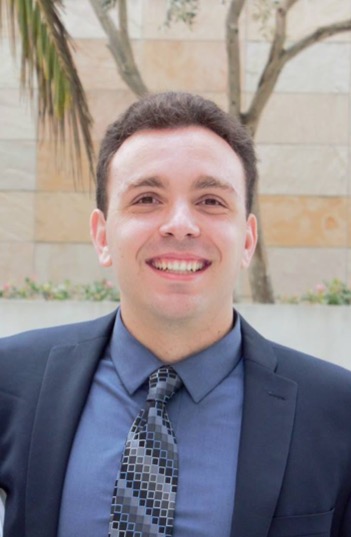 Tiberiu Stan, Ph.D. '17, The Role of Oxides in Nanostructured Ferritic Alloys and Bilayers: Interfaces, Helium Partitioning and Bubble Formation, advised by Prof. Robert Odette
Tiberiu Stan, Ph.D. '17, The Role of Oxides in Nanostructured Ferritic Alloys and Bilayers: Interfaces, Helium Partitioning and Bubble Formation, advised by Prof. Robert Odette
Tiberiu is a Postdoctoral Researcher Fellow at Northwestern University under the guidance of Professor Peter Voorhees. In his work, he uses synchrotron x-ray computer tomography (XCT) to provide direct in situ observations of dendrite nucleation, growth, and coarsening. The non-destructive nature of the method enables the study of microstructural evolution in four dimensions (space and time). Using high-performance computing along with advanced visualization and analysis techniques, the 4D XCT studies provide new insights into the fundamental physics governing dendritic solidification in metallic alloys.



